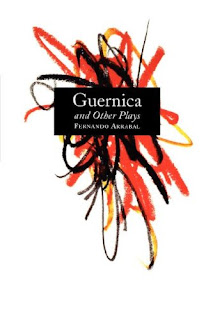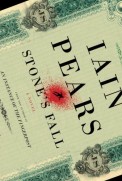For this assignment we were instructed to visit 2 local bookstores and find at least 5 book covers and first pages that exhibited great design. I went to the Dusty Book Shelf in Lawrence and Barnes and Noble in Topeka. My selections are below:
The page above is taken from Charles Dickens "A Tale of Two Cities". It is a clean and simple design that uses font size, small caps, and a shift from bold to roman in order to make the famous first line stand out: "It was the best of times, it was the worst of times...".
The above book cover is from a book that is a local success. The cover uses a combination of text, color, and a background image to effectively draw the reader and make the message clear.
The book by Veronique Vienne is full of great typography and design. The cover is one of my favorites with its successful use of color and type.
The first page also comes from the book, "The Art of Being a Woman". The leading creates a very light feel and draws the readers attention to the first paragraph.
Taken from the book, "The White Tiger," this first page effectively distributes the first lines of text with lists, bold to roman variations, and italics. It is very easy to follow.
Shantaram, by Gregory David Roberts, has a very interesting cover. The simple silhouette, using only two colors, shows the reader the setting and culture of the book (India). The style of type and placement is also very cohesive with the design.
This famous book, "Running with Scissors" by Augusten Burroughs, is very effective for the image selective. The type is meant to not take away from this but to enhance it.
This book cover is not necessarily my favorite, but it is successful for this type of book and its content. The use of handwritten type adds interests and frames the cover well.
This first page was taken from a book called "A Short Guide to Writing About Art". It very effectively distributes the lines and paragraphs in various ways to guide the reader through the page.
The above book, I found in the health and dieting section, did not make it to this blog for its amazing cover, but for the first page. It is a great example of the use of bold text in the middle of two bodies of text, in order to break up the page.























































